The world’s hottest countries are found in equatorial regions, where the sun’s rays are most powerful. Saudi Arabia, Iraq, and Kuwait, all from the Middle East, are among the most warm-weather nations. Because of the dry environment, these countries have high temperatures and receive very little rain throughout the year. Another location with high temperatures is Africa, which includes Sudan and Niger. These locations likewise have a desert environment with high temperatures all year.
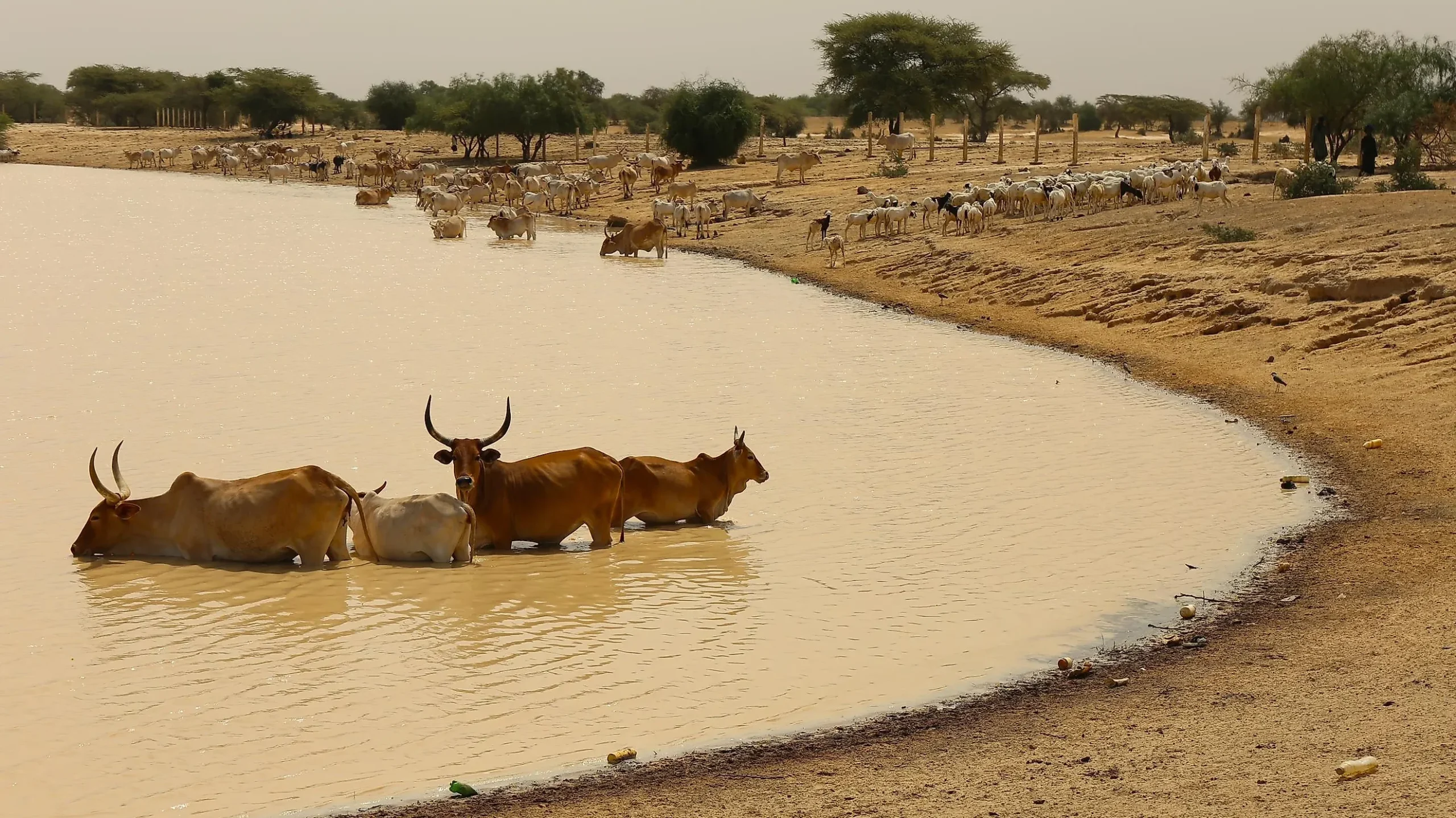
Climate change has had a substantial influence on these locations’ temperatures, with several setting records in recent years. The increase in temperatures is caused by the accumulation of greenhouse gases in the atmosphere, which trap heat and cause the earth to warm. This process has led to more frequent heatwaves, droughts, and other extreme weather events, which have damaged people’s lives and livelihoods.
Globally, the average temperature has continuously increased throughout time. According to NASA, the planet’s average temperature has risen by around 1.8 degrees Fahrenheit since the late 1800s. This may not seem like much, yet it is enough to trigger dramatic changes in global weather patterns and ecosystems. Climate experts anticipate that if we continue to release greenhouse gases at our current rate, the planet’s temperature will rise, with potentially disastrous effects.

Overall, rising temperatures and climate change are a worldwide problem for everyone. While certain areas may be hotter than others, the consequences of climate change are felt across the world.
Here is a list of 09 hottest countries in the world where summer never ends! (By temparature)
1. Burkina Faso – 84.67 °F
Located in West Africa, Burkina Faso sits in the heart of the Sahel region, a semi-arid zone bordering the Sahara Desert. This proximity to the Sahara plays a major role in its scorching temperatures. The climate in Burkina Faso is predominantly hot and dry. The country experiences two main seasons: a hot and dry season lasting from roughly October to May, and a hot and wet season from June to September. Even during the “Wetter” months, rainfall can be erratic and scarce.
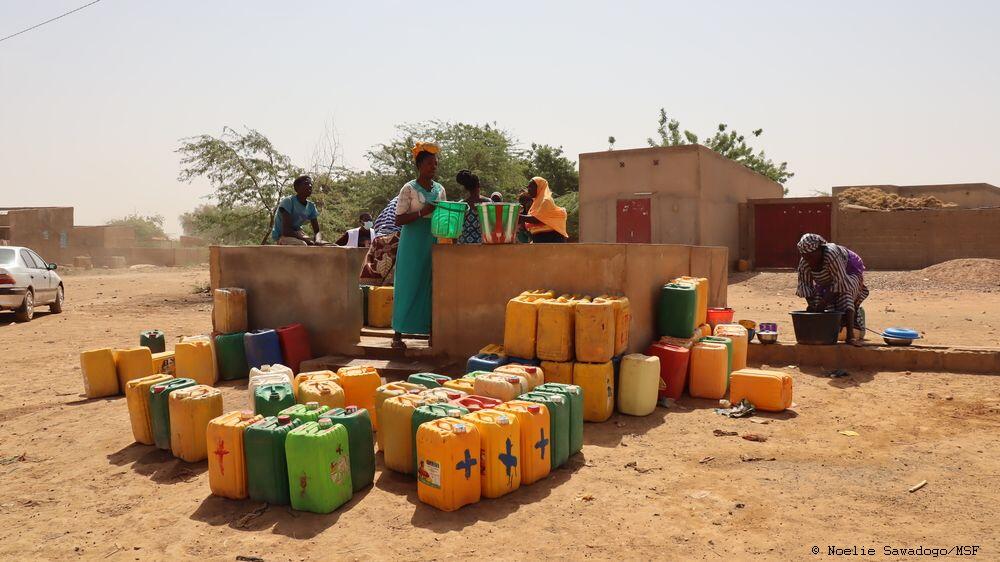
Unlike some other hot countries with mountainous regions that offer cooler escapes, Burkina Faso has a relatively flat landscape. This lack of elevation means there’s little variation in temperature across the country.
2. Mali – 84.58 °F
Mali’s scorching temperatures can be attributed to a combination of geographical and climatic factors. First, its location plays a critical role. Situated in West Africa, Mali straddles the tropic of Cancer, placing it directly in the path of the sun’s intense rays throughout the year.
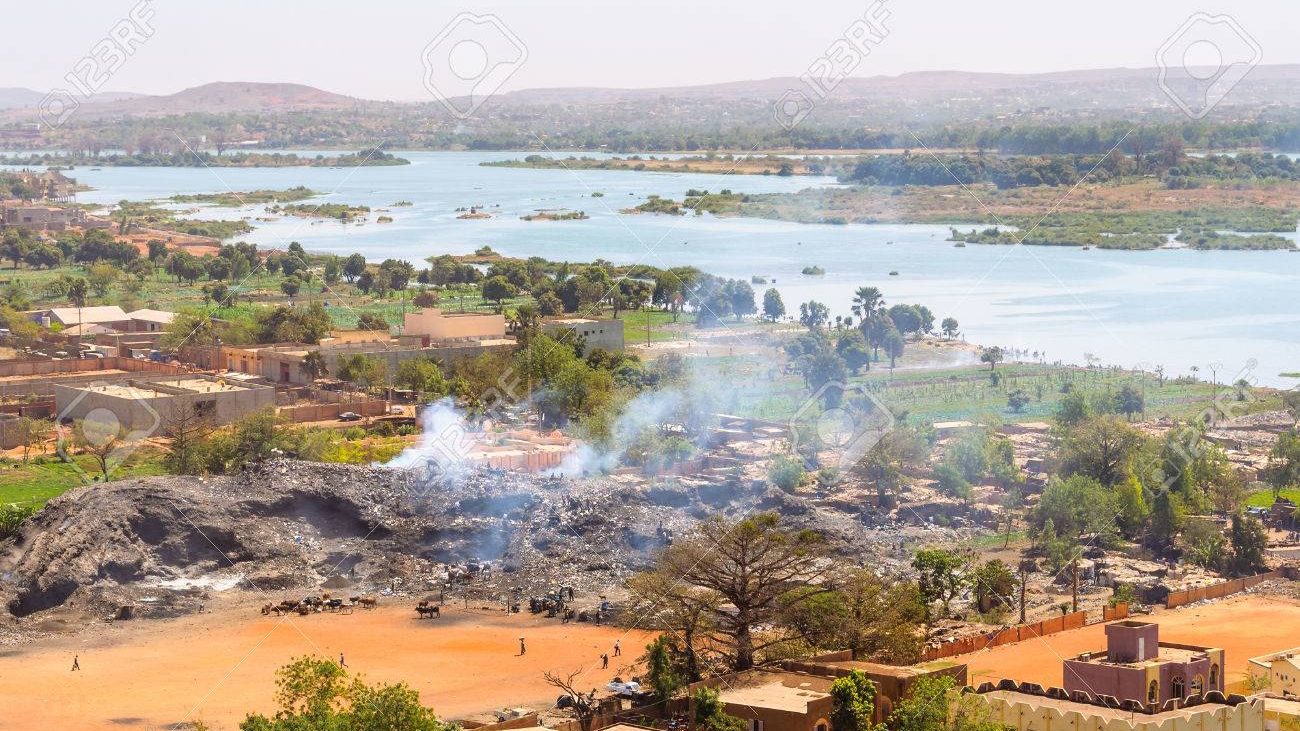
This ensures a constant source of heat. Secondly, a large portion of Mali falls within the vast Sahara Desert. Deserts are notorious for their lack of vegetation, which means the sun’s heat isn’t absorbed by plants and released back at night. Instead, the hot sand readily absorbs the sun’s energy, radiating it back into the atmosphere, contributing to Mali’s sizzling temperatures.
3. Aruba – 84.51 °F
Contrary to popular belief, Aruba doesn’t actually rank among the absolute hottest countries globally. Its average temperatures are pleasant year-round, making it a popular sunny destination. However, Aruba does experience periods of intense heat, particularly during the hurricane season (June to November). This heat can be attributed to its geographical location. Aruba sits close to the equator, meaning it receives direct sunlight for a large part of the year.
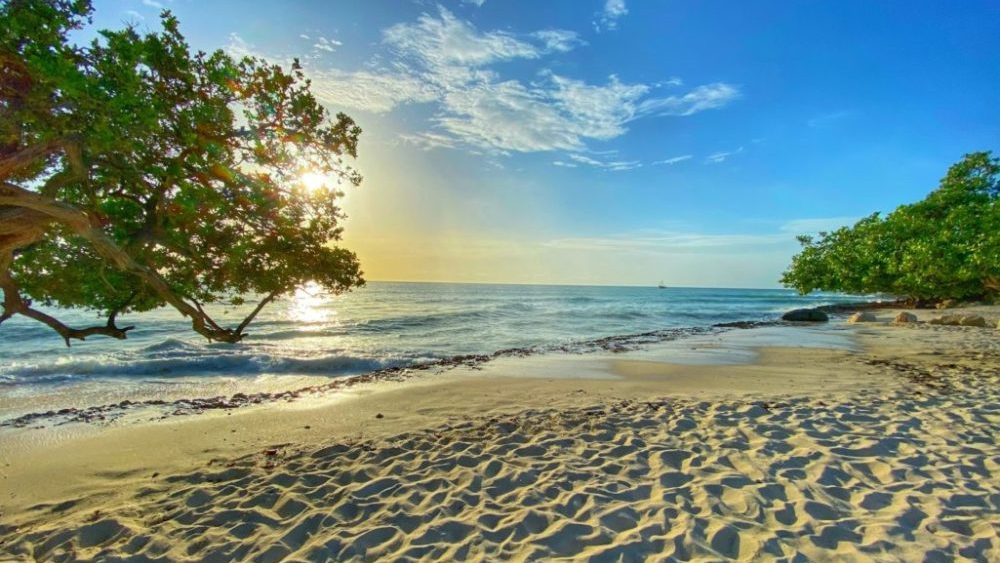
Additionally, surrounded by the Caribbean Sea, Aruba lacks the extreme temperature fluctuations experienced by continental climates. The combination of steady sunshine and proximity to a large body of water creates a warm and relatively constant environment.
4. Senegal – 84.04 °F
Senegal earns its place among the hottest countries due to its unique geographic location and climate patterns. Sandwiched between the scorching Sahara Desert to the north and the Atlantic Ocean to the south, Senegal experiences a tropical Sahelian climate. This translates to scorching temperatures and distinct wet and dry seasons.
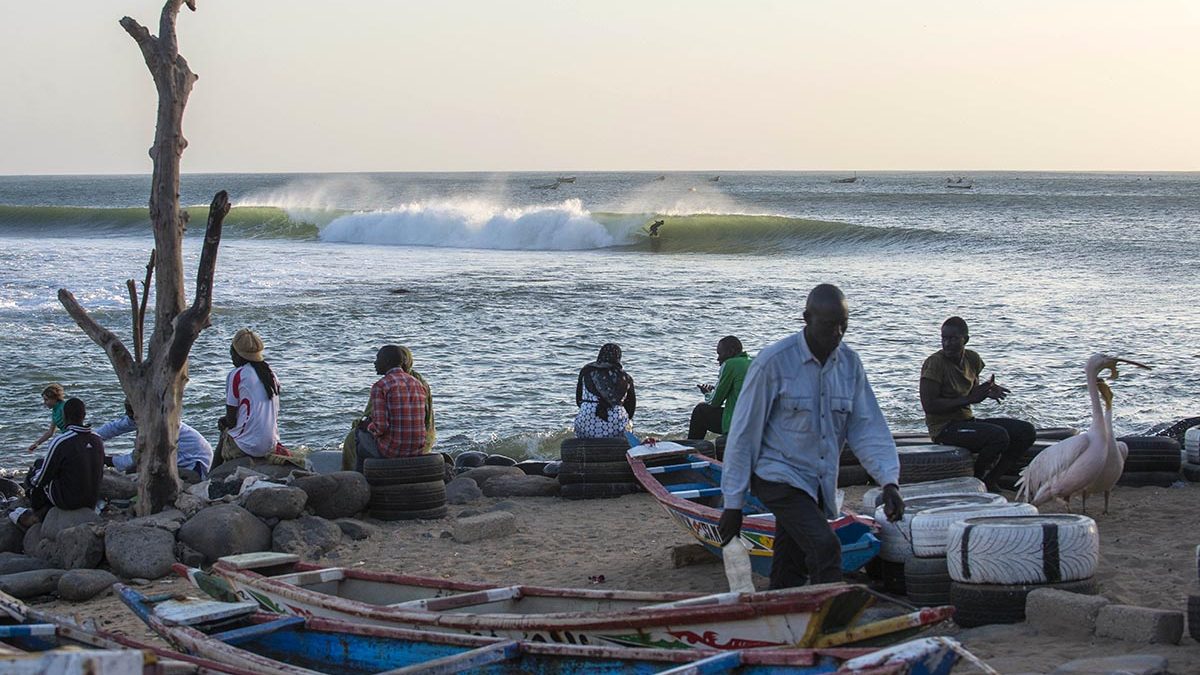
The Sahara Desert’s proximity plays a significant role which makes it one of the hottest countries of all time where summer ends. Hot, dry air masses originating from the desert sweep across Senegal, particularly during the dry season (November to May). This lack of moisture combined with the relentless sun exposure creates intense heat. Additionally, while the Atlantic Ocean provides some reprieve along the coast, its influence weakens as you move inland, leading to significantly hotter temperatures in the interior regions.
5. Mauritania – 83.88 °F
Mauritania’s location seals its fate. It sits squarely within the Sahara Desert, the world’s largest hot desert. Desert landscapes lack vegetation, which plays a crucial role in regulating temperature. Without plants to absorb and release solar heat, the scorching rays bake the bare sand, which in turn radiates intense heat back into the atmosphere. Additionally, Mauritania straddles the Tropic of Cancer, placing it directly in the path of the unrelenting sun throughout the year.
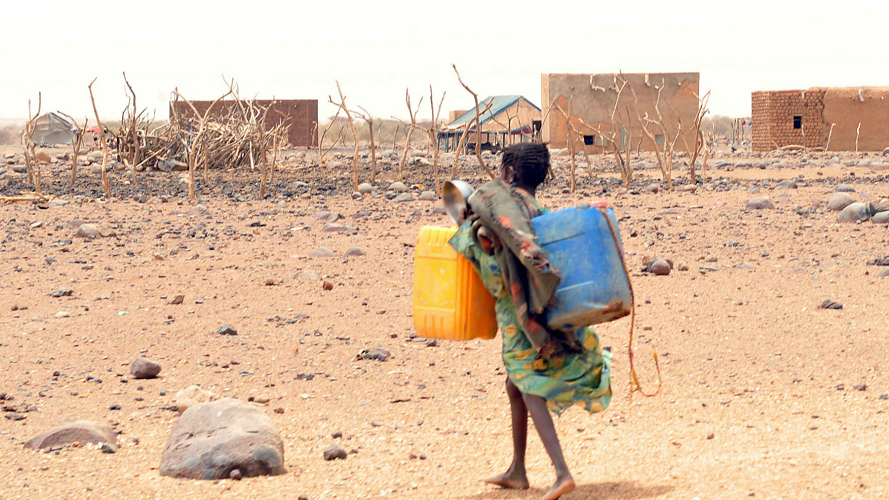
Then the prevailing wind patterns exacerbate the heat. The Harmattan, a hot, dry, and often dust-laden wind, blows from the Sahara throughout most of the year. While it might offer a temporary reprieve from the scorching sun, the Harmattan’s desiccating nature further dries the land, contributing to even higher temperatures. The limited coastal strip enjoys some relief from cooler ocean breezes, but this influence is minimal compared to the vast desert interior.
6. Djibouti – 83.3 °F
Situated right on the Horn of Africa, Djibouti borders the Red Sea and the Gulf of Aden, putting it smack dab in a tropical zone that receives intense sunshine year-round. This constant solar bombardment heats the land significantly. Then, the landscape itself amplifies the heat. Much of Djibouti is dominated by deserts and semi-arid plains. With little vegetation to absorb the sun’s rays and release moisture back into the air, the heat gets trapped, creating a furnace-like effect. This lack of vegetation also contributes to low humidity, making the scorching temperatures feel even more intense.
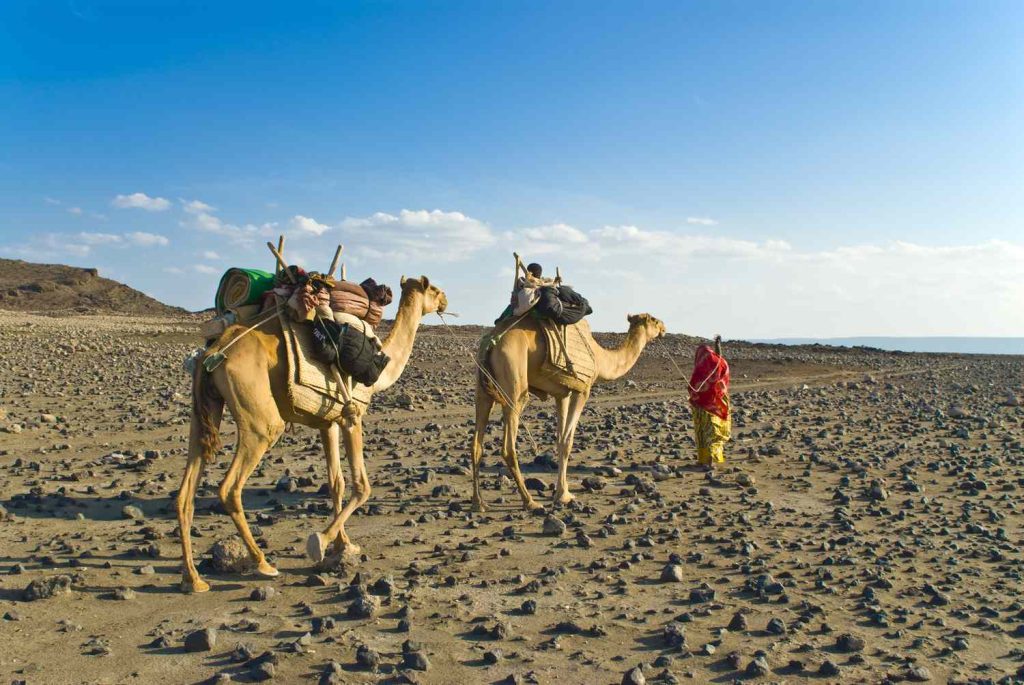
Adding to the heat is the presence of the Afar Triangle, a geological depression within Djibouti that countributes in making it one of the hottest countries of all time where summer ends. Nicknamed the “Cradle of Humanity” due to fossil discoveries, the Afar Triangle holds the distinction of being one of the hottest places on Earth, with temperatures regularly exceeding 50°C (122°F). Volcanic activity in the region further contributes to the scorching temperatures. While Djibouti has a short cooler season from October to April, the respite is minimal, making it a truly sizzling country year-round.
7. The Gambia – 83.05 °F
The Gambia’s sizzling temperatures are a result of its geographical location and tropical climate. Nestled in West Africa, The Gambia is close to the equator, putting it directly in the path of the sun’s intense rays year-round. This ensures a constant barrage of heat. Furthermore, The Gambia experiences a distinct dry season stretching from November to May. During this time, skies are clear with minimal rainfall, allowing the sun’s heat to penetrate unimpeded. While the dry season brings scorching temperatures, often exceeding 35°C (95°F) inland, humidity levels stay relatively low. This provides some respite, especially compared to the rainy season (June to October). The rainy season brings heavy downpours and a surge in humidity, making the heat feel even more oppressive.
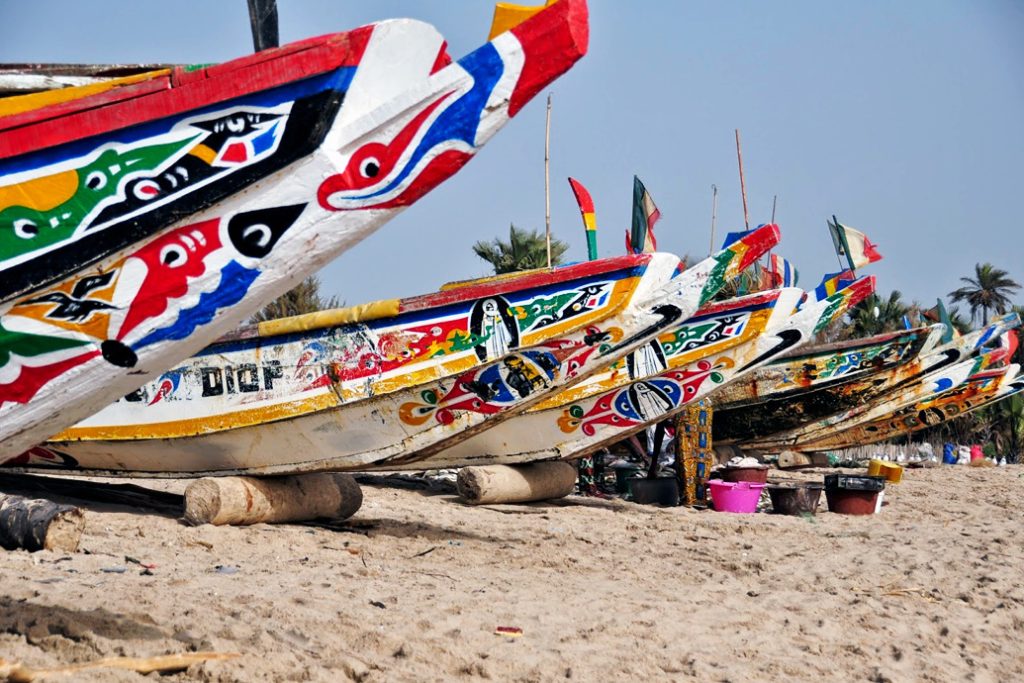
Life in The Gambia revolves around adapting to the heat. Traditional clothing is lightweight and loose-fitting, crafted from natural fibers like cotton to allow for breathability. Daily routines often shift to avoid the midday sun’s peak intensity. People might take a siesta during the hottest part of the day and reserve outdoor activities for the cooler mornings and evenings.
8. United Arab Emirates – 82.71 °F
The UAE occupies a significant chunk of the Arabian Peninsula, placing it squarely in a subtropical desert zone which makes it one of the hottest countries of all time where summer ends. This means it receives relentless sunshine year-round, with minimal cloud cover to offer respite. Then, the landscape itself plays a major role. Sand, a dominant feature of the UAE’s deserts, is highly adept at absorbing and radiating heat. With minimal vegetation to provide shade or absorb the sun’s energy, the heat intensifies, making the air scorching.
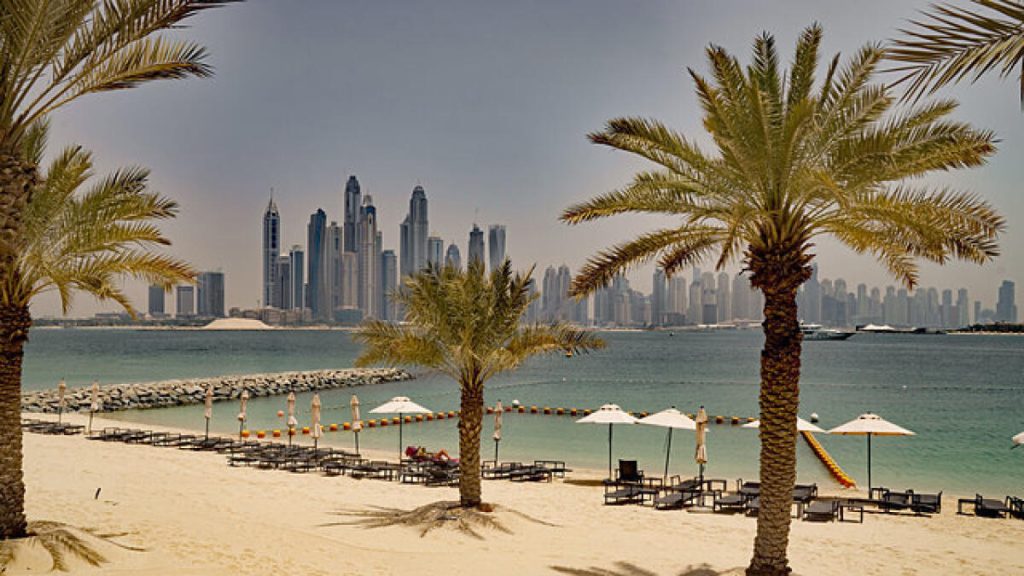
Interestingly, the UAE’s proximity to the Persian Gulf offers a unique challenge. Large bodies of water can have a moderating effect on temperatures. However, in the UAE’s case, the combination of shallow waters and hot desert winds blowing inland creates a phenomenon known as the “heat island effect.” This effect traps heat in the urban environment, causing even higher temperatures in cities like Dubai and Abu Dhabi. Despite the intense heat, the UAE has emerged as a global hub for tourism and business. Advanced air conditioning systems are ubiquitous, blanketing malls, offices, and even public transportation in cool comfort.
9. Niger – 82.49 °F
Over 80% of Niger lies within the vast Sahara Desert, notorious for its unrelenting heat that makes it one of the hottest countries of all time where summer ends. Deserts lack vegetation, which normally absorbs sunlight and releases it back at night. Without this natural cooling mechanism, the scorching sun’s energy bakes the desert sand, radiating intense heat back into the atmosphere. Niger’s position near the Tropic of Cancer places it directly in the sun’s path year-round, ensuring a constant barrage of intense solar radiation.
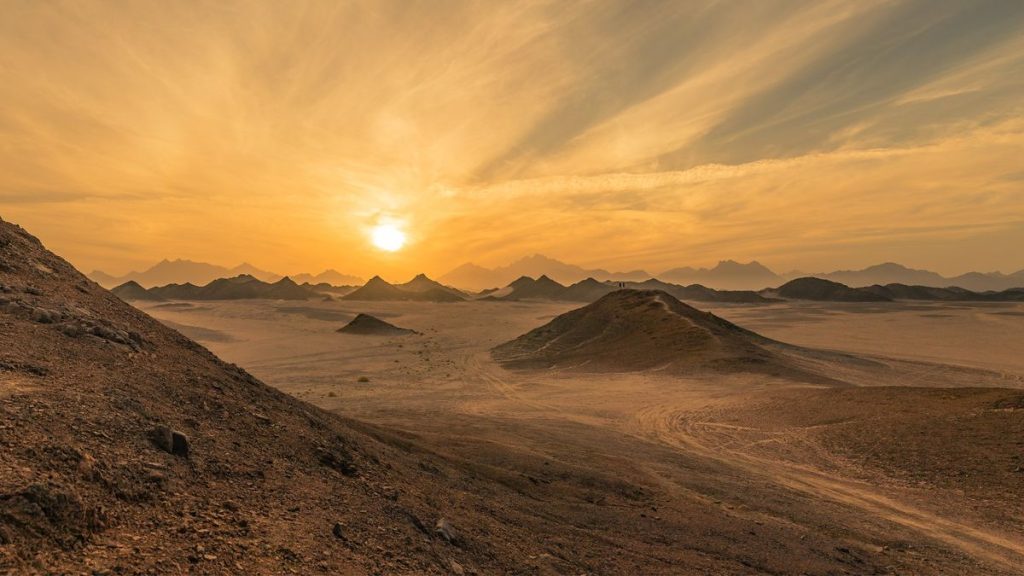
Beyond its geographical situation, Niger faces the additional challenge of climate change. The Sahel region, where the southern portion of Niger lies, is particularly vulnerable to rising global temperatures. Studies indicate that temperatures in Niger are increasing at a rate 1.5 times faster than the global average. This exacerbates the existing heat and contributes to more frequent and severe droughts, further straining the country’s resources. The combination of these factors creates a harsh environment where residents must constantly grapple with the scorching heat.
Similar Content: Top 10 Most Beautiful Countries in the World in 2024






GIPHY App Key not set. Please check settings